详细说明
Assay Type
Solid Phase Sandwich ELISA
Format
96-well strip plate
Assay Length
4 hours 40 mins (after plate preparation)
Sample Type & Volume Required
Cell lysates (100 µL)
Range
156.00 - 10,000 pg/mL
Sufficient Materials
Kits available for two, five, or fifteen 96-well plates*
Specificity
Please see the
* Provided that the recommended microplates, buffers, diluents, substrates and solutions are used, and the assay is run as summarized in the Assay Procedure provided.
Product Features
Optimized capture and detection antibody pairings with recommended concentrations save lengthy development time
Development protocols are provided to guide further assay optimization
Assay can be customized to your specific needs
Available in 2, 5, and 15- (96-well) plate pack sizes
Economical alternative to Western blot
Kit Content
Capture Antibody
Conjugated Detection Antibody
Calibrated Immunoassay Standard or Control
Streptavidin-HRP
Other Reagents Required
PBS: (Catalog # ), or 137 mM NaCl, 2.7 mM KCl, 8.1 mM Na 2HPO 4, 1.5 mM KH 2O 4, pH 7.2 - 7.4, 0.2 µm filtered
Wash Buffer: (Catalog # ), or equivalent
Lysis Buffer*
IC Diluent*
Blocking Buffer*
Substrate Solution: 1:1 mixture of Color Reagent A (H 2O 2) and Color Reagent B (Tetramethylbenzidine) (Catalog # )
Stop Solution: 2 N H 2SO 4 (Catalog # )
Microplates: From Costar EIA Plate (Costar Catalog # 2592) or R&D Systems (Catalog # ), or equivalent
Plate Sealers: ELISA Plate Sealers (Catalog # ), or equivalent
*For the Lysis Buffer, IC Diluent, and Blocking BUffer recommended for a specific DuoSet ELISA Development Kit, please see the product
Preparation and Storage
Storage
Store the unopened product at 2 - 8 °C. Do not use past expiration date.
Background: EphB4
Cell migration is influenced by chemodirectants including a large family of receptor tyrosine kinases collectively referred to as Ephs. Ephs are divided into two classes based on their extracellular structure and ligand specificity. Eph receptors that bind preferentially to ephrin-B ligands are referred to as EphB. All Eph receptors contain an N-terminal Ig-like domain, a cysteine-rich region with 19 conserved cysteines and two fibronectin type III domains. The cytoplasmic region contains a typical tyrosine kinase organization.
Entrez Gene IDs:
2050 (Human); 13846 (Mouse);
Long Name:
Eph Receptor B4
Aliases:
EC 2.7.10; EC 2.7.10.1; EPH receptor B4; EphB4; ephrin type-B receptor 4; hepatoma transmembrane kinase; Htk; HTKephrin receptor EphB4; Mdk2; Myk1; soluble EPHB4 variant 1; soluble EPHB4 variant 2; soluble EPHB4 variant 3; Tyro11; Tyrosine-protein kinase receptor HTK; Tyrosine-protein kinase TYRO11







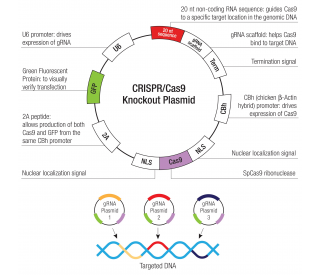
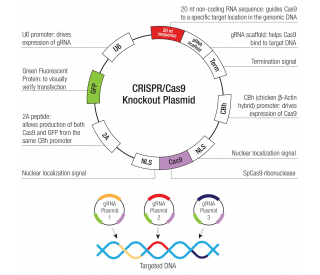
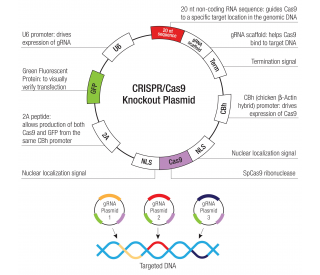
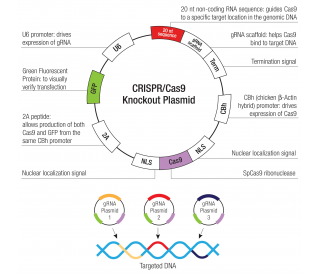
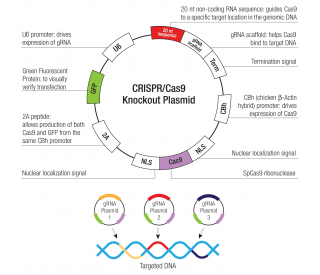
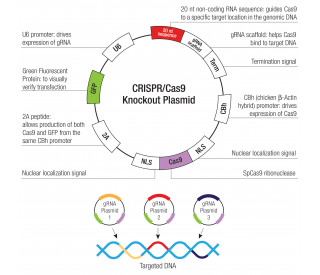



 粤公网安备44196802000105号
粤公网安备44196802000105号